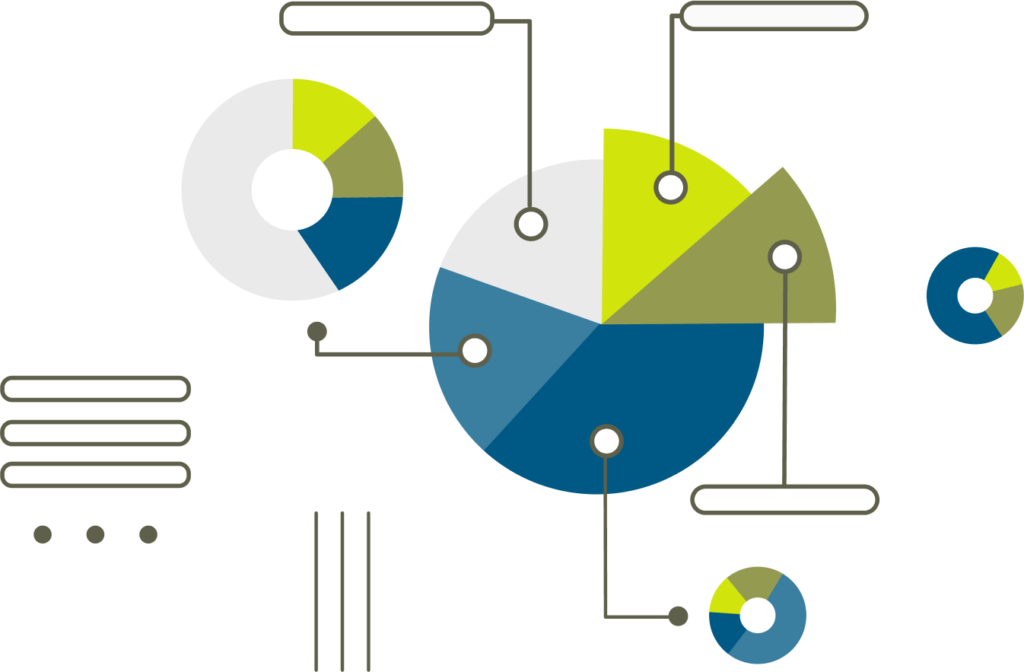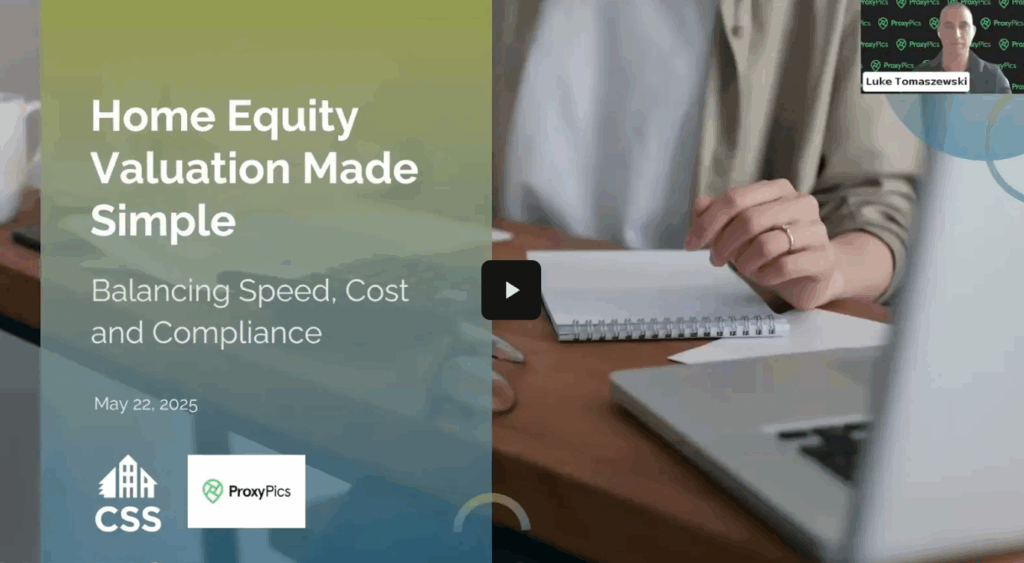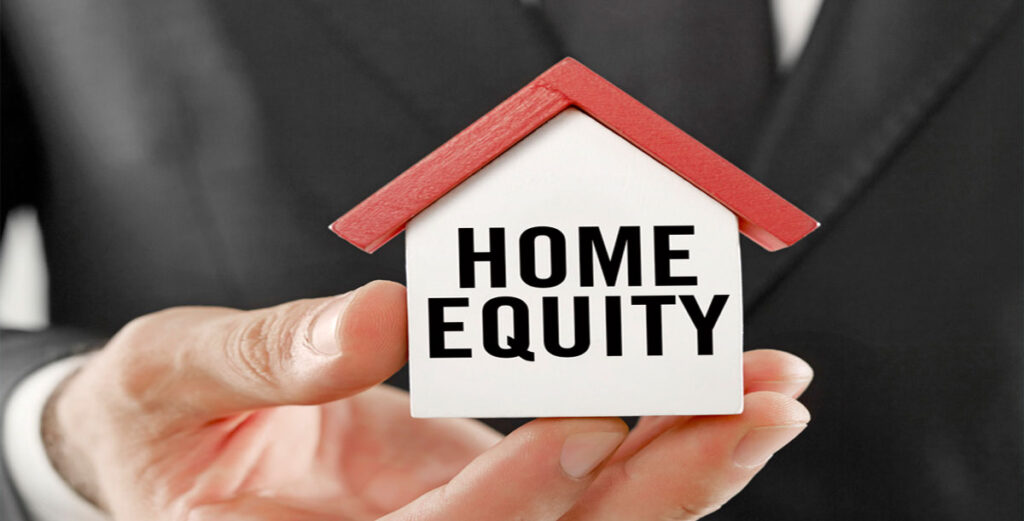“Our analysis shows that lenders are increasingly tapping into the benefits — from both an economic and time-saving perspective — of using AVMs combined with Property Condition Reports. The industry is expecting a significant uptick in home equity lending since so many homeowners have high levels of equity and are reluctant to refinance their ultra-low-interest first mortgages. Homeowners will want to tap that equity while they can for home improvements, expansions and other big expenses such as college. For lenders, the home equity lending equation works when they can rely on accurate, but also fast and inexpensive, valuations for these loans.”
Key Takeaways
New Analysis Shows the Use of AVMs has Significantly Increased Among Home Equity Lenders
Given record home equity that American homeowners have amassed due to historically high home price increases since the pandemic, there is a growing expectation that home equity lending will increase over the coming years. According to industry estimates, homeowners who have a mortgage have an average of roughly $300,000 in home equity, with about $200,000 of that being “tappable” or available to the homeowner. Since home equity lending is typically a no- or low-cost offering by most lenders, Automated Valuation Models (AVMs) have become more popular as a fast, efficient and inexpensive way to value properties for home equity loans and home equity lines of credit. That trend was borne out in a new analysis from CSS that reviewed the types of valuation products lenders are using to originate home equity loans and found a significant increase in the use of AVMs specifically for home equity lending.
The CSS Home Equity Valuation Analysis reviewed full loan portfolios for the first half of this year for 19 lenders within the CSS footprint to track lender preferences for five types of valuation products: Automated Valuation Model/Property Condition Reports; Appraiser-Valued Hybrids; Full Appraisals; Non-Appraiser-Valued Hybrids; and Drive-by Appraisals.

What % of loans were valued using the following products?



